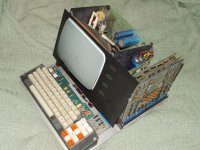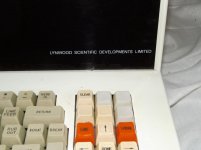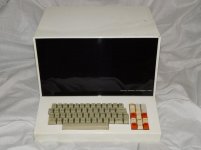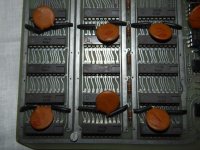veroniacthecow
New Member
- Joined
- Mar 23, 2016
- Messages
- 6
Hi, first time posting so hi everyone.
I brought this the other day and was told it was working but it won't even switch on.
I have searched the Internet for ages and can find nothing like it but have made some guesses from the little info I found.
It may be a computer but my guess is it's more likely a dumb terminal possibly from an old police system or other bespoke system.
I could not track down any info about the big chip on the keyboard (78372C-007)
If any one has an idea of age or use of this I would be much appreciated.
Thanks, Tony
I brought this the other day and was told it was working but it won't even switch on.
I have searched the Internet for ages and can find nothing like it but have made some guesses from the little info I found.
It may be a computer but my guess is it's more likely a dumb terminal possibly from an old police system or other bespoke system.
I could not track down any info about the big chip on the keyboard (78372C-007)
If any one has an idea of age or use of this I would be much appreciated.
Thanks, Tony




